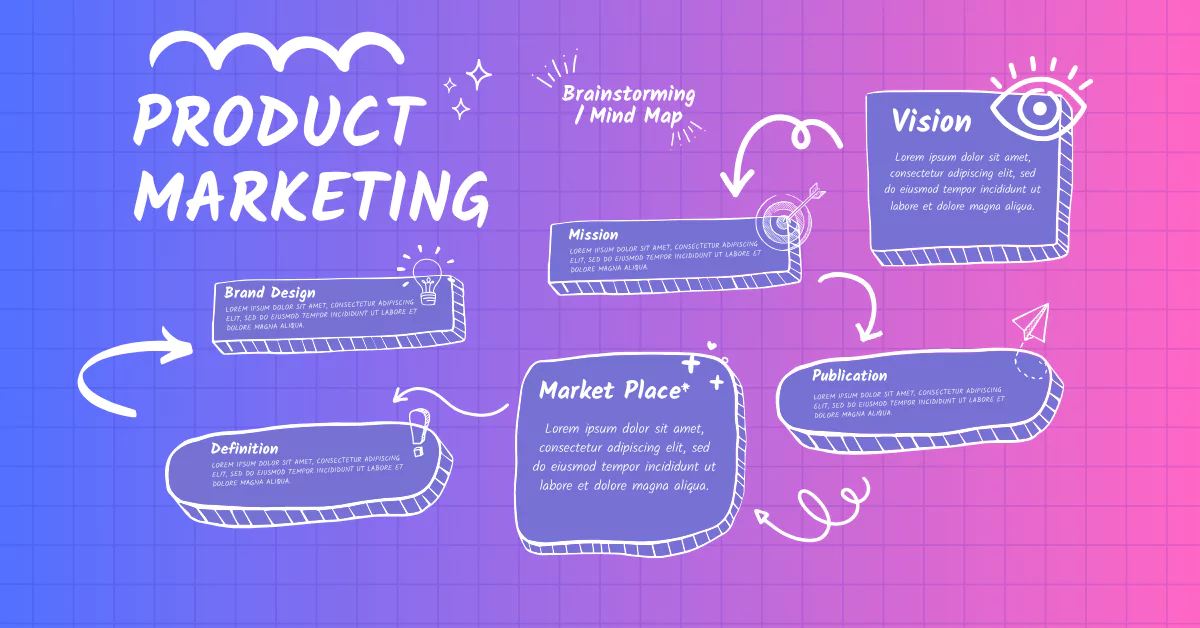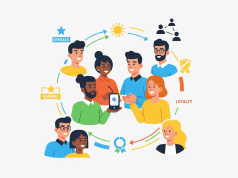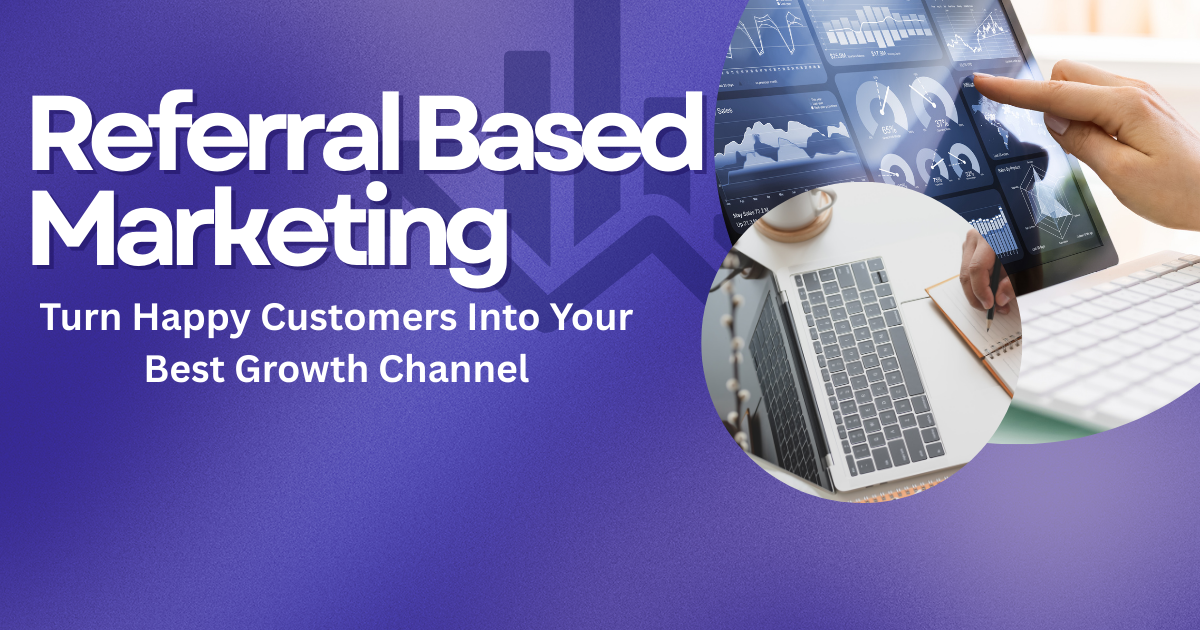Understanding what drives purchasing decisions can be the difference between a great product collecting dust on shelves and one that flies off them. That’s where buyer psychology comes into play. By tapping into the thought processes behind how buyers make decisions, marketers can create effective campaigns, ensure better product positioning, and build stronger connections with customers.
This blog will explore the essential elements of buyer psychology and how they impact product marketing strategies. Here’s what you’ll learn:
- The role of emotions and logic in buyer decisions
- How cognitive biases influence purchasing behavior
- Key strategies for applying buyer psychology to product marketing
By the end, you’ll have actionable insights to elevate your marketing game.
What is Buyer Psychology?
Buyer psychology is the study of how people think, feel, and act when making purchasing decisions. It encompasses emotions, motivations, and external influences that shape consumer behavior. Understanding these elements can help marketers predict buyer needs, remove friction points, and ultimately drive conversions.
At its core, buyer psychology is about recognizing that people don’t always make decisions logically. For instance, someone might buy an eco-friendly water bottle not because it’s the cheapest option but because it aligns with their values of sustainability.
The Role of Emotion vs. Logic in Buyer Decisions
The Emotional Buyer
Ever picked up a new gadget just because it looked cool, even though you weren’t sure how you’d use it? Emotional buyers often make decisions based on feelings rather than facts. Marketing tactics like storytelling, imagery, or clever branding appeal directly to these emotions.
For example:
- Apple doesn’t just sell smartphones; they sell the idea of innovation and exclusivity.
- Nike’s Just Do It campaign taps into motivation and empowerment, aligning their products with achieving personal goals.
The Rational Buyer
Rational buyers, on the other hand, rely on logic and evidence. They want to know the specific features, benefits, and value of a product before committing. Providing detailed specs, customer reviews, or side-by-side comparisons appeals to this type of decision-making.
Striking the Balance
A successful product marketing strategy satisfies both emotional and rational buyers. Highlight the functional value of your product (logic), then pair it with an inspiring narrative (emotion).
Cognitive Biases That Impact Purchasing Behavior
Buyer psychology is deeply influenced by cognitive biases. Human brains are wired to take shortcuts, often leading to irrational decisions. Here are a few key biases marketers can leverage:
1. Social Proof
People tend to copy others, especially in uncertain situations. Reviews, testimonials, and user-generated content show that others trust and enjoy your product.
Example:
- Amazon’s “Customers who bought this also bought…” section creates trust and encourages additional purchases.
2. Scarcity Effect
When a product feels scarce, its perceived value increases. This is why “Limited Time Offer” or “Only 2 Left in Stock” campaigns work so well.
Example:
- Booking.com notifies users about how many people are currently looking at the same hotel room, driving urgency.
3. Anchoring
Buyers rely heavily on the first piece of information they see (the “anchor”) when making decisions. Presenting a higher initial price can make discounts feel more valuable.
Example:
- A clothing store lists a shirt that was originally priced at $100 but is now available for $50. Customers see it as a great deal.
4. Loss Aversion
People fear losing something more than they desire gaining something of equal value. Highlighting potential losses can be more effective than showcasing benefits.
Example:
- “Don’t miss out on this deal!” appeals to the fear of missing out (FOMO).
Applying Buyer Psychology to Product Marketing

Now that we understand the basics, here are actionable strategies to implement buyer psychology in your marketing:
1. Understand Your Target Audience
To create a strategy that resonates, you need to know exactly who you’re targeting. Conduct research and build detailed buyer personas that include demographics, goals, challenges, and motivations.
Pro tip:
- Use surveys and feedback forms to understand what your customers value most.
2. Use Compelling Storytelling
Stories engage emotions, making your product memorable. Craft stories around how your product solves a pain point, improves lives, or fits into the buyer’s aspirations.
Example:
- Patagonia’s brand storytelling about sustainability attracts eco-conscious consumers who feel connected to its mission.
3. Simplify the Decision-Making Process
Analysis paralysis is real. Too many options or excessive information can overwhelm buyers and prevent them from making decisions.
What you can do:
- Limit options to avoid decision fatigue.
- Use clear, concise language in product descriptions.
Example:
- Warby Parker offers just a handful of frame styles but allows customers to customize colors and sizes.
4. Leverage Reciprocity
Giving customers something for free can create goodwill and make them more likely to reciprocate by making a purchase.
Example:
- A free eBook or trial encourages users to engage with your brand and experience its benefits firsthand.
5. Focus on Visuals and Design
The way your product looks (and how it’s presented) influences purchasing decisions. Clean, appealing visuals and professional design evoke trust and credibility.
Example:
- Luxury brands like Louis Vuitton use sleek, minimalistic packaging to justify premium pricing and quality.
6. Create Loyalty Through Customer Experience
Current customers are your best advocates. Provide excellent support, post-purchase follow-ups, and loyalty programs to retain customers who’ll champion your brand.
One powerful way to track the impact of happy customers on business growth is through referral marketing metrics. These metrics—such as referral conversion rate, average order value from referred customers, and referral participation rate—help you understand how effectively your existing customers are driving new business. When integrated into your customer experience strategy, they provide measurable insights into brand loyalty and word-of-mouth potential.
Why Understanding Buyer Psychology Gives You a Competitive Edge
When companies understand buyer psychology, they elevate marketing from selling products to solving problems. They deliver campaigns that speak directly to emotions, motivations, and needs, giving their business a competitive edge in the market.
Ultimately, customers don’t just buy products; they buy experiences and the emotions tied to them. By focusing on the “why” behind purchasing decisions, your marketing efforts can create genuine connections that drive lasting results.
Learn about: Why Referral Marketing Is A Game Changer For Your Business









